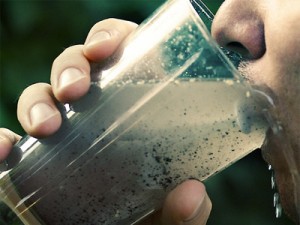Chandigarh/Punjab (December 24, 2012):
According to an important news report by Times of India (TOI) the toxic
groundwater in Punjab villages along with five major waste drains
——Buddha Nala, Hudiara, Kala Singha, East Bein and Tung Dhab —is having
dangerous fallout.

“It is resulting in rise in stillbirths and spontaneous abortions as well as delayed language learning and mental growth in children under the age of 12. These startling facts have come out in a study recently published in an international journal, which examines the impact of the deadly cocktail of heavy metals present in groundwater on women and children” reads the news report by TOI.
This is the first bit of evidence from
North India that shows a link between heavy metal and pesticide
pollution of water and reproductive and child health morbidity. Leave
aside the toxicity in cattle milk, even mother’s milk has been found to
have high levels of metals.
The study published in Journal Epidemiol
Community health covers 35 villages in Amritsar, Ludhiana and Jalandhar
districts of Punjab, where toxicity has been ascertained. The study’s
main investigator, Dr J S Thakur, from PGI’s school of public health had
been the first to establish the toxicity in Punjab’s groundwater.
In a cross-sectional community-based
survey, 1904 women in reproductive age group and 1762 children below 12
from 35 villages were interviewed for general health morbidity. Doctors
also conducted their clinical examination. Out of 35 villages, 25 served
as target (exposed) and 10 as non-target (less exposed).
Spontaneous abortion (20.6 per 1000 live
births) and premature births (6.7 per 1000 live births) were
significantly higher in the area affected by heavy metal and pesticide
pollution. Stillbirths were about five times more as compared to a
meta-analysis for South Asian countries. A large proportion of children
in target area was reported to have delayed language learning, blue line
in the gums, mottling of teeth and gastrointestinal problems. Mercury
was found in more than permissible limits in 84.4% samples from the
target area.
